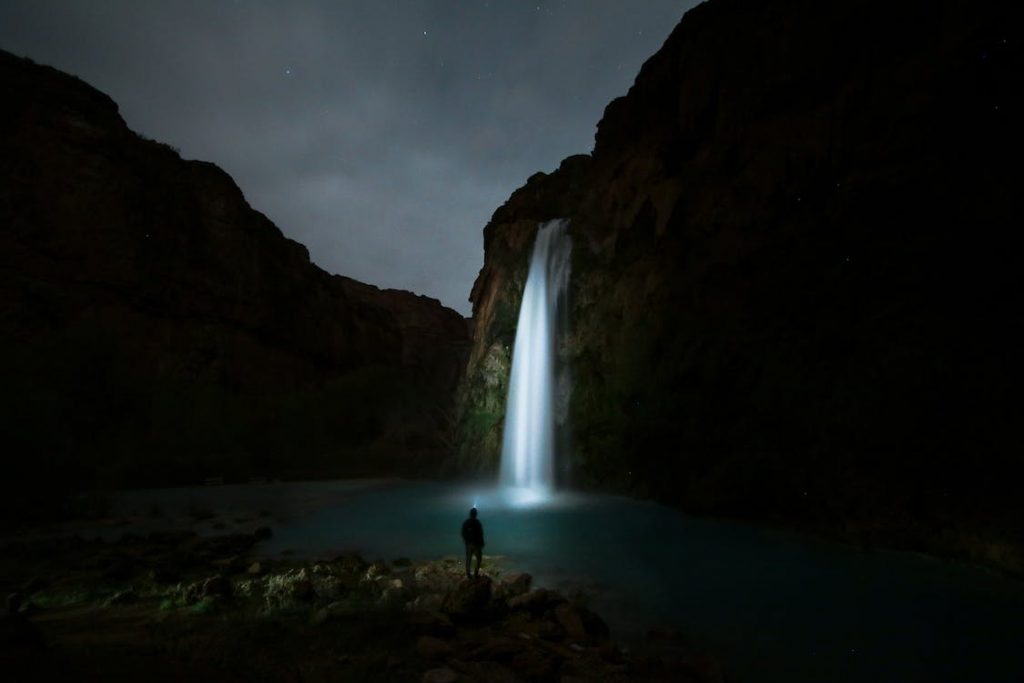Choosing the right low light lenses can be a game-changer for photographers looking to capture stunning images in challenging environments. Whether you’re into night photography, astrophotography, or simply enjoy the ambiance of low light scenes, having the appropriate lens can make a significant difference.
Table of Contents
Importance of Low Light Lenses
In the realm of photography, low light situations often present unique challenges. However, these challenges also offer the opportunity to create visually striking and atmospheric shots that stand out. The right low light lens can enhance your camera’s performance in such conditions, allowing you to explore new creative possibilities.
Types of Low Light Lenses
Prime Lenses
Prime lenses are known for their wide apertures, making them ideal for low light scenarios. Their fixed focal lengths and large apertures enable more light to reach the camera sensor, resulting in brighter and sharper images.
Zoom Lenses
Zoom lenses offer versatility, allowing you to adjust focal lengths for different compositions. While not always as fast as prime lenses, some zoom lenses come with wide apertures suitable for low light shooting.
Wide-Angle Lenses
Wide-angle lenses are excellent for capturing expansive scenes in low light. Their broader field of view lets you include more of the available light, making them suitable for nightscapes and environmental portraits.
Our Low Light Lenses Recommendations
When it comes to choosing the right lens for low light photography, having a reliable selection can make the decision-making process much easier. Here are our top recommendations for low light lenses that offer exceptional performance in challenging lighting conditions:
Canon EF 50mm f/1.8 STM
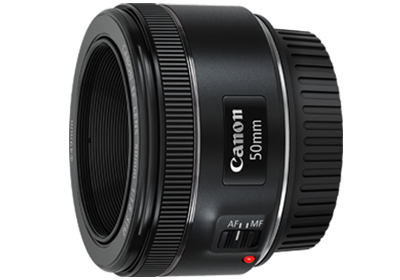
Known for its wide aperture, the Canon EF 50mm f/1.8 STM is a prime lens that excels in low light situations. Its compact design and affordability make it a popular choice among photographers looking for a versatile and budget-friendly option.
Nikon AF-S DX Nikkor 35mm f/1.8G
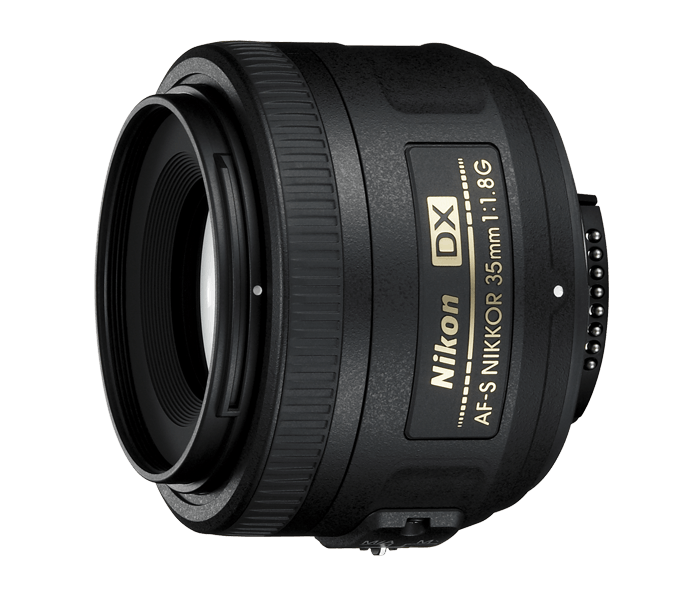
The Nikon AF-S DX Nikkor 35mm f/1.8G is another excellent prime lens with a wide aperture, allowing for impressive low light performance. Its fast autofocus and lightweight design make it a go-to lens for capturing sharp and vibrant images in dimly lit environments.
Sigma 17-50mm f/2.8 EX DC

If you prefer the flexibility of a zoom lens, the Sigma 17-50mm f/2.8 EX DC is a solid choice. With a constant aperture of f/2.8 throughout the zoom range, this lens provides consistent performance in low light, making it suitable for a variety of shooting scenarios.
Canon 17-55mm f/2.8 IS USM

The Canon 17-55mm f/2.8 IS USM is a versatile zoom lens that combines a wide aperture with image stabilization. This combination allows for steady shots in low light conditions, making it an ideal lens for capturing everything from portraits to landscapes in challenging lighting situations.
Sony DT 16-50mm F/2.8
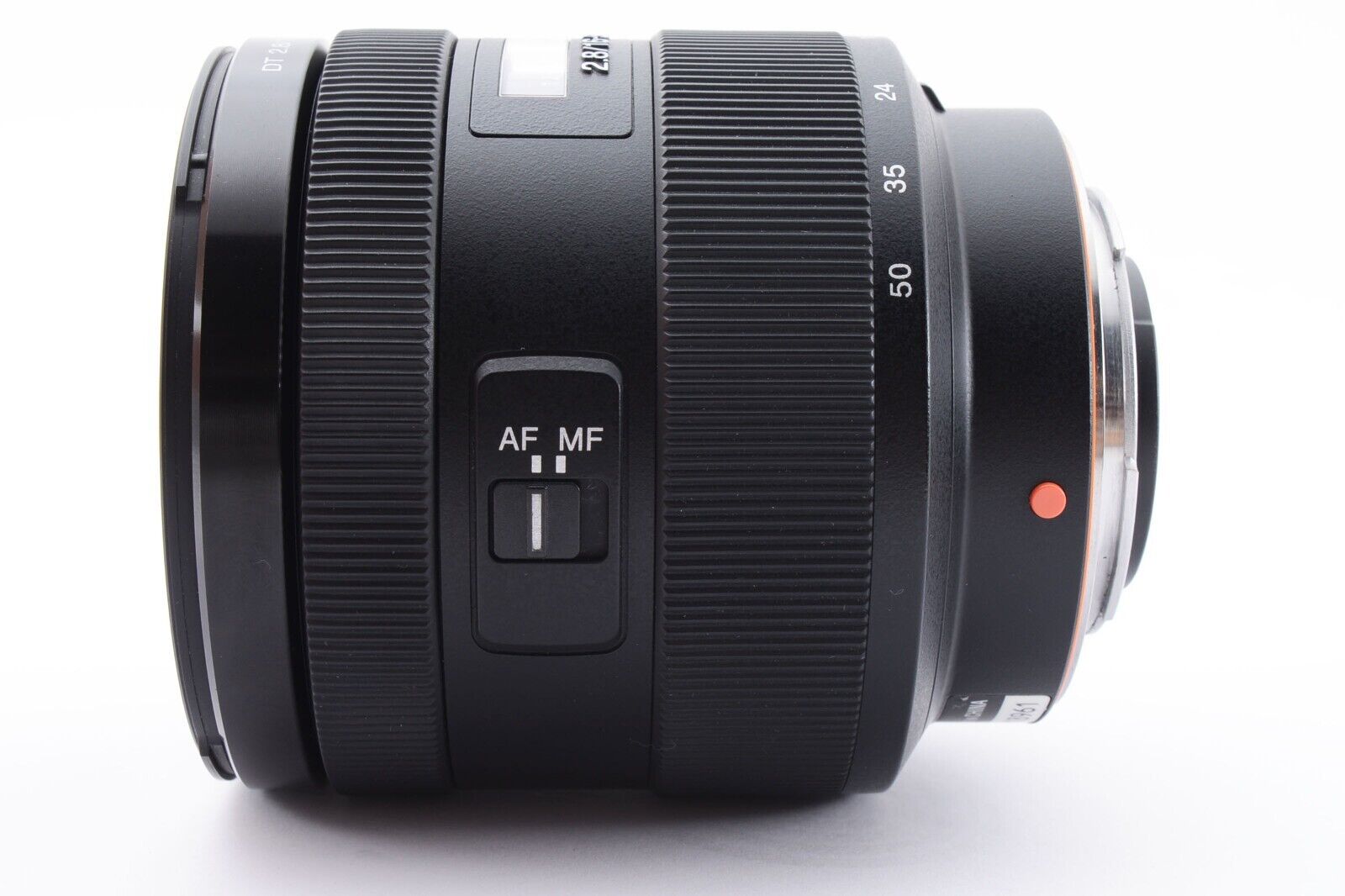
Sony’s DT 16-50mm F/2.8 is a zoom lens designed for APS-C sensor cameras, offering a constant aperture of f/2.8. This lens provides excellent low light performance while delivering the convenience of zoom versatility, making it a great choice for photographers who require flexibility in their compositions.
These recommendations cater to various preferences and shooting styles, ensuring that you can find the perfect low light lens to elevate your photography experience. Whether you prioritize the affordability of prime lenses or the versatility of zoom lenses, these options are sure to meet your low light photography needs.
Lens Aperture and its Significance
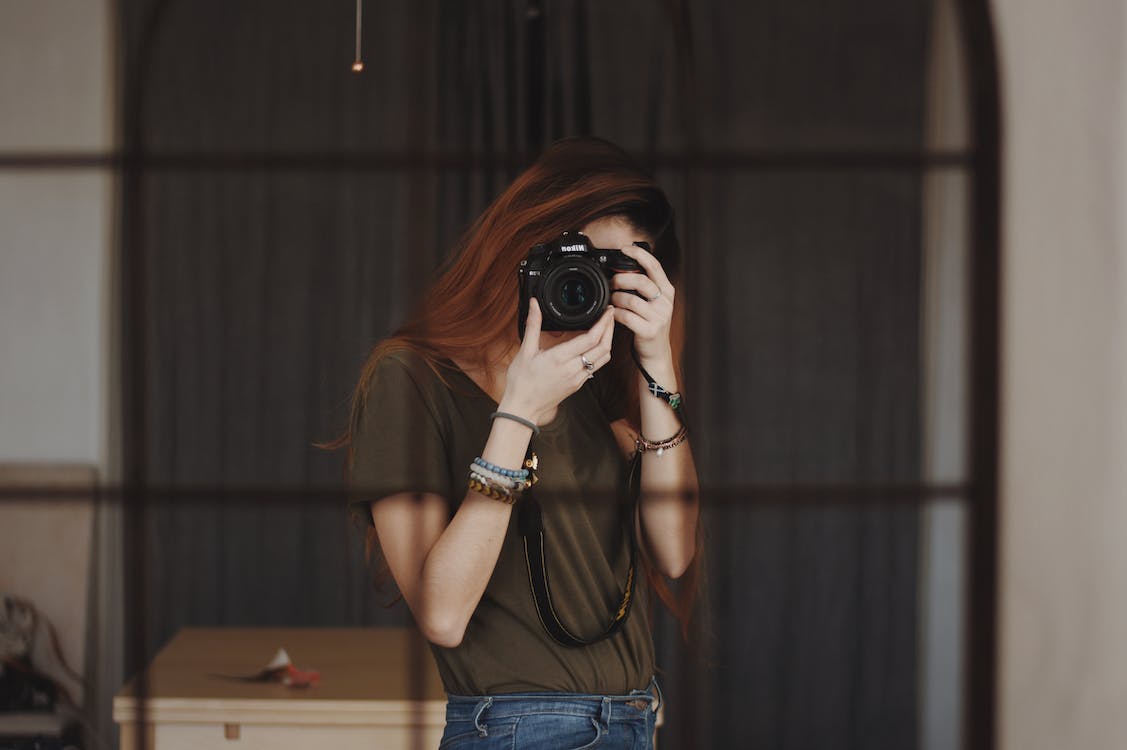
Understanding aperture is crucial when selecting a lens for low light photography. A wider aperture, represented by a smaller f-number, allows more light to enter the lens, making it essential for shooting in dimly lit environments.
The Basics of Aperture
Aperture is the adjustable opening within a camera lens that controls the amount of light reaching the camera’s image sensor. It is measured in f-stops or f-numbers, with lower values indicating wider openings and higher values indicating narrower ones. In the context of low light photography, a wider aperture is what you’re after.
Wider Aperture for Low Light
A wider aperture, denoted by a smaller f-number (e.g., f/1.8), allows more light to pass through the lens and reach the camera sensor. This is especially crucial in dimly lit environments, such as during night photography or in indoor settings with minimal natural light.
ISO Settings for Low Light Photography
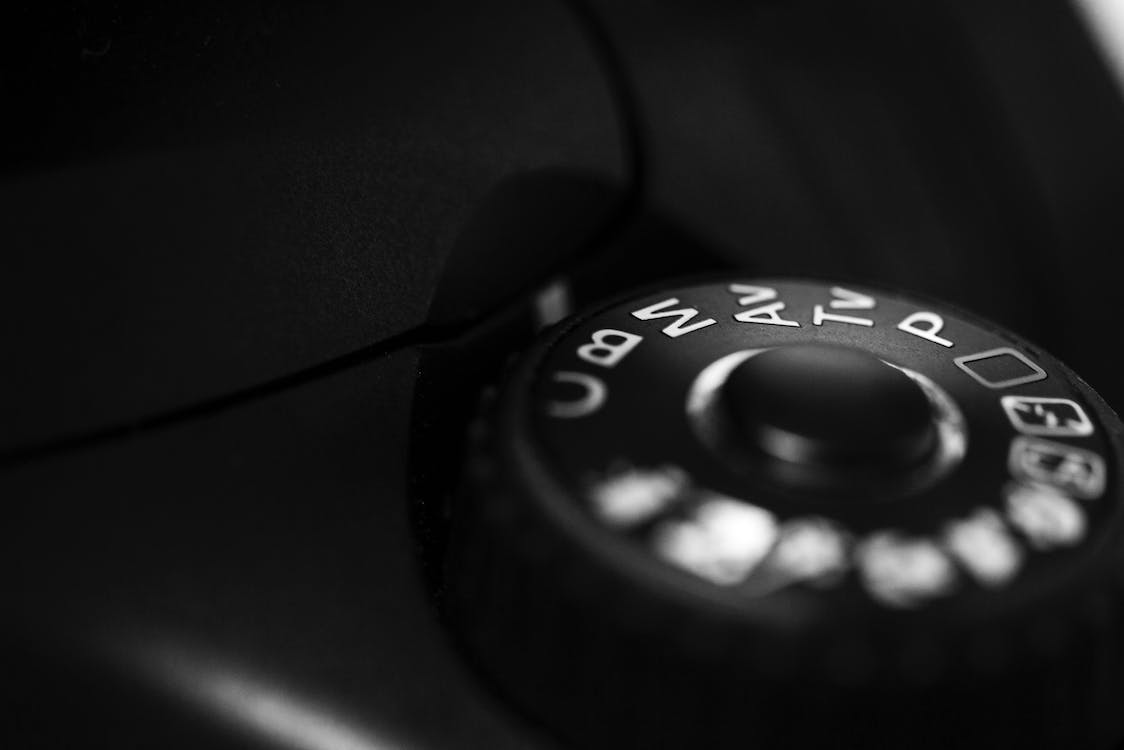
Balancing ISO settings is key to achieving optimal results in low light conditions. While higher ISO values can brighten images, they may introduce unwanted noise. Finding the right balance ensures clear and noise-free photographs.
The Role of ISO in Low Light
In essence, ISO serves as your camera’s sensitivity knob. When you increase the ISO setting, you’re telling your camera’s sensor to become more sensitive to light. This is particularly handy in low light situations where the available natural light might be scarce.
The Trade-Off: Brightness vs. Noise
While higher ISO values can effectively brighten your images in low light, there’s a trade-off to be aware of—introducing digital noise. Noise manifests as grain or speckles in your photos, diminishing overall image quality. Therefore, finding the right balance is essential for achieving optimal results.
Finding the Sweet Spot
The key is to experiment with different ISO settings to find the sweet spot for your specific situation. Start with a moderate ISO value and gradually increase it until you achieve the desired exposure. Keep a close eye on your camera’s LCD screen to monitor the impact of noise as you adjust the ISO.
Autofocus Capabilities
Fast and accurate autofocus is paramount in low light situations, where lighting conditions may challenge a camera’s focusing system. Choosing lenses with advanced autofocus technology ensures sharp and well-focused images, even in the dark.
The Importance of Fast Autofocus
In low light scenarios, the lack of sufficient light can cause traditional autofocus systems to struggle. The time it takes for a lens to lock onto a subject can increase, leading to missed opportunities and potential blurriness in your shots. Fast autofocus technology is designed to mitigate these challenges, ensuring quick and precise focus acquisition even in dimly lit environments.
Common Mistakes to Avoid

When choosing a low light lens, it’s essential to be aware of common mistakes that photographers often make. Avoid pitfalls such as overlooking lens compatibility, neglecting to consider autofocus speed, or compromising on image quality for budget reasons.
1. Overlooking Lens Compatibility
One of the common oversights is neglecting to consider whether a lens is compatible with your camera body. Different camera manufacturers may have specific lens mounts, and not all lenses are universally compatible. Before making a purchase, double-check that the lens you’re eyeing is designed to work seamlessly with your camera model, ensuring optimal performance and functionality.
2. Neglecting to Consider Autofocus Speed
In the fast-paced world of low light photography, autofocus speed can be a make-or-break factor. Overlooking the autofocus capabilities of a lens might lead to missed opportunities or frustratingly slow focusing, particularly in situations where speed is essential. Prioritize lenses with advanced autofocus technology, especially if you plan to shoot moving subjects or engage in dynamic photography.
3. Compromising on Image Quality for Budget Reasons
While budget considerations are undoubtedly essential, compromising on image quality can be a costly mistake in the long run. Striking a balance between affordability and quality is key. Fortunately, there are lenses with excellent low light performance available at various price points. Research thoroughly, read reviews, and seek recommendations to find a lens that meets both your budget and quality expectations.
4. Ignoring Aperture Considerations
The aperture of a lens plays a pivotal role in low light photography. Overlooking the importance of a wider aperture (lower f-number) might limit your ability to capture well-exposed images in challenging lighting conditions. Consider the type of photography you intend to pursue and ensure that the lens’s aperture aligns with your creative and technical needs.
5. Disregarding Image Stabilization Features
In low light, where slower shutter speeds are often necessary, having effective image stabilization can be a game-changer. Neglecting to consider image stabilization features may result in blurry images due to camera shake. Opt for lenses equipped with reliable image stabilization technology, especially if you enjoy handheld shooting in low light environments.
6. Failing to Research Customer Reviews
The experiences of fellow photographers can provide valuable insights into the real-world performance of a lens. Failing to research customer reviews and testimonials may mean missing out on crucial information about a lens’s strengths and weaknesses. Take the time to read reviews from users who have tested the lens in low light conditions to gain a comprehensive understanding of its capabilities.
7. Not Factoring in Size and Weight
While the performance of a lens is crucial, practical considerations such as size and weight shouldn’t be ignored. A bulky or heavy lens may impact your comfort and mobility, especially during extended shooting sessions. Find a balance between performance and practicality to ensure that your chosen low light lens aligns with your shooting style and preferences.
Conclusion
In the world of photography, the right lens can make a significant difference, especially in low light conditions. By understanding the importance of lens types, aperture, ISO settings, autofocus capabilities, and other factors, you can make an informed decision to enhance your low light photography experience.
FAQs
Can any lens be used for low light photography?
While many lenses can perform in low light, those with wider apertures and advanced features are better suited for optimal results.
Do I need an expensive lens for good low light performance?
Not necessarily. Many budget-friendly lenses offer excellent low light performance. It’s about finding the right balance between features and cost.
How do I avoid motion blur in low light photography?
Choose lenses with effective image stabilization features and use a tripod for stability, especially at slower shutter speeds.
What is the ideal aperture for low light photography?
A wider aperture (lower f-number) is generally preferred for low light conditions to allow more light into the lens.
Are prime lenses better than zoom lenses for low light photography?
Both prime and zoom lenses can excel in low light. It depends on your specific needs and shooting style.
Afterword
We hope that you find this article helpful. Thank you for reading and you’re always free to leave a comment. If you find this article interesting, consider checking out one of our recently published posts. A few of them showcase advancements in technology such as AI Art Generators. On the other hand, if you’re looking towards Photography, we also offer great articles for your inspiration. We also have multiple articles that talk about the various printing mediums for wall art. May these articles give you inspiration for your next print!
Find them here:
The Best Metal Print Companies for 2023
Discover the Secret to High-quality Canvas Prints
The 9 Best Canvas Print Companies in 2023
Acrylic Prints: Add Vibrance to Any Space
The Top Food Photography Trends to Try Now
The Ultimate Guide to Continuous Lighting for Photography
Stable Diffusion Tips and Tricks
Best AI Art Generator for Android Phones 2023
We enjoy reading your comments and insights with our posts! Should you have any questions or concerns, feel free to leave them below! -Mark

